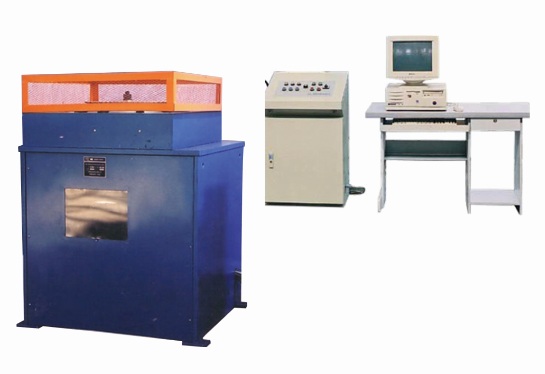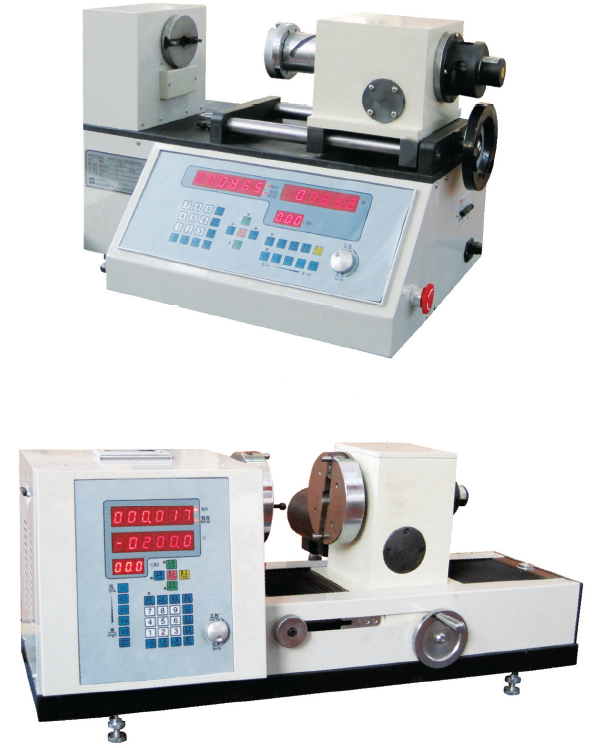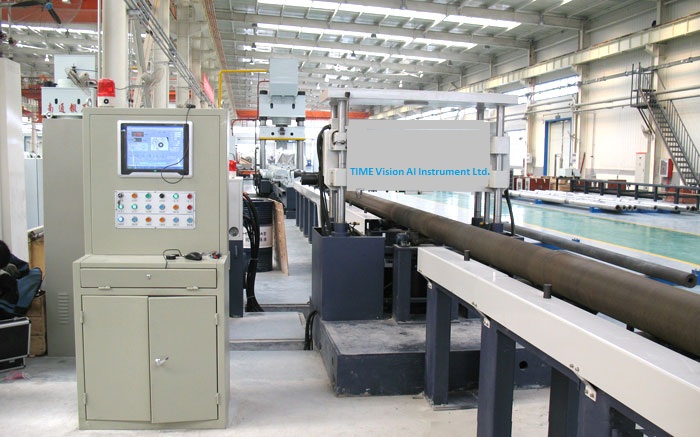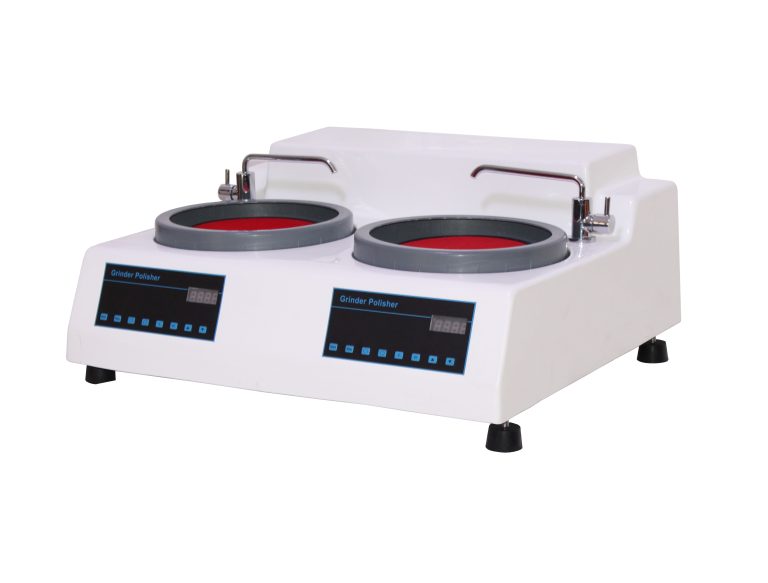When it comes to purchasing fatigue testing machines, there are several key points to consider. Fatigue testing machines are essential in determining the durability and performance of materials and products under repetitive loading conditions. To ensure accurate and reliable results, it is important to choose the right machine for your specific testing needs. Here are the key points to keep in mind when purchasing a fatigue testing machine.
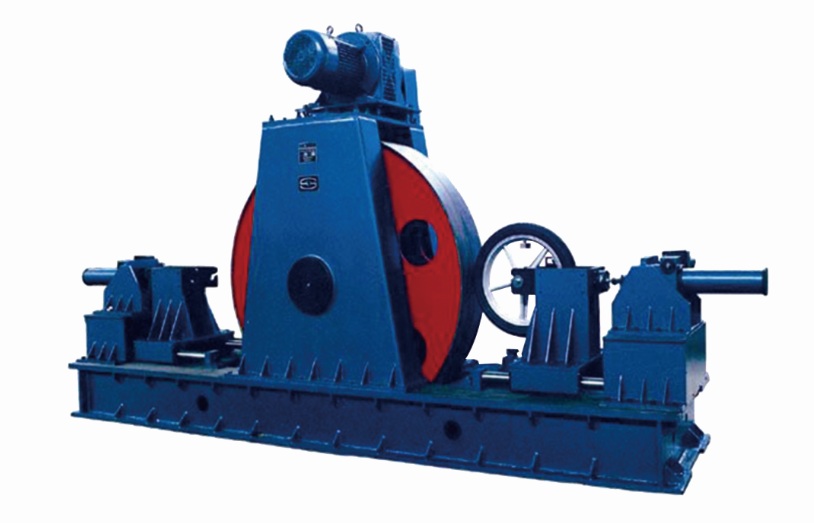
1. Testing Requirements: Consider the specific testing requirements of your application. Determine the type of fatigue testing you need to perform, such as axial, bending, torsional, or combined loading. Understand the range of loads, frequencies, and testing cycles required for your materials or products. This will help you select a machine that can meet your testing needs accurately.
2. Load Capacity and Range: Evaluate the load capacity and range of the fatigue testing machine. It should be capable of applying loads within the required range for your testing. Consider the maximum load capacity, as well as the minimum detectable load, to ensure that the machine can accurately measure the applied loads.
3. Frequency Range: Check the frequency range of the fatigue testing machine. It should be able to generate the desired frequencies for your testing requirements. Consider the maximum and minimum frequencies needed and ensure that the machine can operate within these limits.
4. Control and Data Acquisition: Look for a fatigue testing machine with advanced control and data acquisition capabilities. It should offer precise control over load application and provide accurate measurement and recording of data. Consider features such as closed-loop control, real-time data acquisition, and analysis software compatibility to enhance the efficiency and accuracy of your testing.
5. Safety Features: Safety should be a top priority when purchasing a fatigue testing machine. Look for safety features such as emergency stop buttons, overload protection, and safety enclosures. Ensure that the machine complies with relevant safety standards and regulations to protect operators and prevent accidents.
6. Durability and Reliability: Invest in a fatigue testing machine that is built to last. Consider the durability and reliability of the machine, including the quality of construction materials and components. Look for a reputable manufacturer with a track record of producing reliable testing equipment.
7. Calibration and Support: Check if the fatigue testing machine comes with calibration certificates and if the manufacturer offers calibration services. Regular calibration is essential to maintain the accuracy of the machine over time. Additionally, ensure that the manufacturer provides comprehensive technical support and after-sales service to address any issues or concerns that may arise during the operation of the machine.
Purchasing a fatigue testing machine requires careful consideration of various factors. By understanding your testing requirements, evaluating the machine’s load capacity, frequency range, control and data acquisition capabilities, safety features, durability, and support services, you can make an informed decision and select a fatigue testing machine that meets your specific needs.

